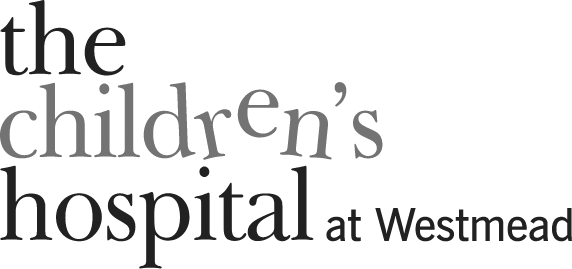Cataract Assessment & Treatment
Modern cataract surgery is a very precise and technically advanced operation, with excellent outcomes.
After the cloudy lens (cataract) is removed from your eye, an artificial lens is implanted back into your eye to give the sharp eye focus and clear vision. Every eye is unique, and the ideal lens implant for each person is different depending on the particular size and shape of their eye, as well as their individual visual needs.
With this in mind, the pre-operative planning that takes place before surgery is just as important as the surgery itself.
In your pre-operative cataract assessment, your doctor will perform a full and comprehensive eye examination. You will have a number of diagnostic tests done to obtain some very detailed measurements of your eye.
Your doctor will then carefully analyse this data, and calculate the ideal intraocular lens implant (IOL) to give you the very best vision.
It is important to have a healthy corneal surface to get the most accurate and reliable results from the pre-operative tests.
If your eye is very dry the surface can become rough and irregular, making the measurements less accurate. Your doctor may prescribe you some moisturising eye drops to use for a few days to help improve the health of the corneal surface and obtain better measurements.
Similarly, if you regularly wear contact lenses these can temporarily distort the surface of the eye, and so you may be asked to refrain from contact lens use for a few days before the measurements are done.
LENSTAR Biometry
The Lenstar is used for planning modern cataract surgery.
The test involves a beam of light scanning across the eye to measure the size and depth of the eye from front to back, as well as the shape and curvature of the cornea at the front of the eye.
A sophisticated formula then uses all of that data to calculate the best lens implant for your surgery.
Corneal Topography
Corneal topography once again uses a light source to scan across the corneal surface at the front of the eye and form a very detailed map of the surface shape of the cornea.
Topography is very useful in the diagnosis and measurement of astigmatism, which is when the corneal surface curvature is not perfectly spherical but more "egg-shaped". Astigmatism is very common and is easily corrected with glasses or contact lenses. In the case of cataract surgery, a special "toric" lens implant can be used to neutralise your astigmatism and provide the sharpest vision without distortion.
OCT (Scan of the Macula)
An OCT scan of your macula, is also vital as part of your pre-diagnostic examination.
A healthy macula is essential for good vision, and an OCT scan provides very detailed high-magnification images of the macula to look for any abnormality.
When planning cataract surgery it is important to know in advance if there are any other conditions in the eye (eg macula degeneration) that might limit the final visual outcome once the cataract is removed.







